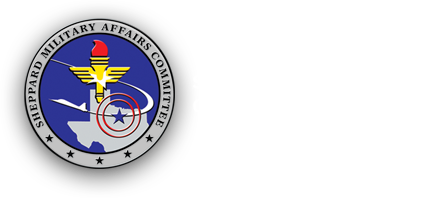In resisting the Obama administration’s request to approve one or more BRAC rounds each of the past four years, lawmakers typically have pointed to problems with the last round, primarily the higher-than-expected implementation costs and the protracted payback period.
When the question came up Tuesday during an event at the Brookings Institution, Sen. John McCain (R-Ariz.), chairman of the Senate Armed Services Committee, pointed to a couple of recommendations from past BRAC rounds that he wishes had never come about.
One was the decision to close Naval Air Station Cecil Field in Jacksonville, a recommendation McCain said should never have taken place in light of the encroachment problems at Naval Air Station Oceana in Virginia Beach. Cecil Field’s closure left Oceana as the Navy’s only master jet base on the East Coast.
He also criticized the 2005 BRAC recommendation to close Walter Reed Army Medical Center in Washington and consolidate it at Bethesda Naval Hospital in Maryland over the tens of millions of dollars being spent to upgrade the roads and Metrorail station in Bethesda.
“That was another bad decision,” McCain said. “So to think somehow that BRACs are nirvana is really not an accurate depiction,” he noted.
McCain appeared at Brookings with his House counterpart, Mac Thornberry (R-Texas), who pointed to the fact that the 2005 round has not produced net savings for the federal government after 10 years to explain his opposition to authorizing a new round of base closures in this year’s defense authorization bill.
But Thornberry also highlighted language in the legislation directing DOD to prepare an infrastructure assessment that could be used to determine its level of excess capacity. The provision will allow defense officials to update the capacity analysis performed prior to the 2005 round.
“If you think you have too much infrastructure, come give us more specifics about it,” Thornberry said. “And we’ll look at it. And there may well be another BRAC in the future.”
Shared from Association of Defense Communities.
